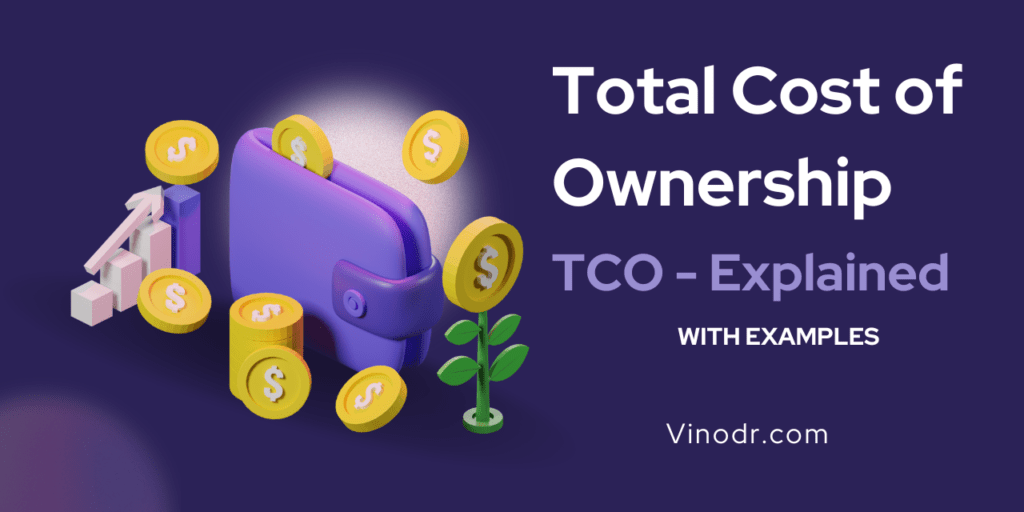Arkham Intelligence Diving into the mysterious world of blockchain, where transactions cloak themselves in anonymity, presents a unique challenge for those seeking transparency. While the ledger lays bare all transactions, the pseudonymous nature of blockchain complicates tracking and analysis. Enter Arkham Intelligence, the disruptor shaking up the game with its cutting-edge deanonymized technology. But what exactly is Arkham Intelligence, and how does it work its magic? Unravel the secrets in our latest article as we explore the revolutionary platform that pierces through the veil of blockchain anonymity. Get ready to discover how Arkham Intelligence is rewriting the rules and shedding light on the once elusive world of anonymous transactions. The answers await – delve into the intrigue with us! Unveiling the Power of Arkham Intelligence: Revolutionizing Blockchain Analysis This AI-based blockchain platform boasts the unique ability to deanonymize both blockchain and on-chain data, providing a groundbreaking solution to the challenges of tracking and deciphering the movements of funds. At its core, Arkham Intelligence serves as a deanonymization platform, empowering users to uncover the real-world entities behind blockchain addresses. This transformative feature positions Arkham Intelligence as a crucial tool for law enforcement, financial institutions, and various organizations seeking to navigate and investigate the complexities of blockchain activity. What sets Arkham Intelligence apart from its counterparts is its capacity to not only identify but also visualize the intricate dance of activity happening on the blockchain. Through intuitive visualizations, users can unravel patterns and relationships, gaining insights into the dynamics of fund flows. Arkham Intelligence takes the analysis a step further by allowing users to sort data by entity, offering a comprehensive view of the flow of funds within the blockchain ecosystem. Unlike traditional analytics platforms that organize data based on tokens, Arkham Intelligence’s innovative approach focuses on real-world entities. This unique perspective revolutionizes the way users interact with blockchain data, providing a more nuanced understanding of the intricate relationships within the crypto space. As the demand for transparency and accountability in blockchain transactions grows, Arkham Intelligence stands at the forefront, offering a sophisticated solution that transcends the limitations of conventional analytics platforms. The platform’s ability to merge cutting-edge technology with practical applications not only enhances the efficiency of investigations but also reshapes the landscape of blockchain analysis. How Arkham Intelligence Works? Arkham Intelligence operates as a versatile data collector, adept at gathering both on-chain and off-chain information that can be correlated with real-world identities. This encompasses a spectrum of data, ranging from pseudonymous addresses and transaction histories to specific smart contract codes, sourced from a variety of blockchains like Bitcoin, Ethereum, Avalanche, Polygon, and Arbitrum. The initial stage involves converting raw data into a usable format, where artificial intelligence, specifically machine learning, takes center stage in classifying pseudonymous data into distinct “entities.” Going beyond blockchain, Arkham Intelligence taps into public data, social media, web scraping, and user contributions, broadening the scope for a more comprehensive analysis. The processed results are then organized for each blockchain, creating a consolidated source. This amalgamated data is presented on a user-friendly dashboard, allowing instantaneous tracking, processing, and analysis. Users can leverage this wealth of information to trace token movements, address stolen funds, uncover fraud, and investigate crypto crimes. Arkham Intelligence stands as a transformative force, utilizing advanced AI techniques and diverse data sources to demystify blockchain intricacies and provide an invaluable tool for navigating the ever-evolving cryptocurrency landscape. Features Arkham Intelligence boasts a robust set of features, with its Intelligence Platform and Intel Exchange standing out as the pillars of its innovative framework. 1. Intelligence Platform At the heart of Arkham Intelligence lies its Intelligence Platform, powered by the cutting-edge AI system called Ultra. This system adeptly gathers and synthesizes blockchain data from diverse sources, both on-chain and off-chain. Utilizing Ultra, Arkham Intelligence transforms raw transaction information on the blockchain into accessible data through The Profiler. The Profiler serves as a dynamic interface where users can delve into real-time or historical activities of entities or individuals. It organizes information into four distinct formats: Portfolio: Showcasing on-chain data that reveals real-time or historical assets held by an address, categorized by token and chain.Historical Performance: Providing a comprehensive view of total historical profit or loss balance in US dollars.Counterparties: Breaking down exchange usage by volume, distinguishing between deposits and withdrawals, along with a top list of addresses’ counterparties by the highest volume.Transactions: Offering a full transaction history updated in real-time, filterable by various variables for ease of search. The Intelligence Platform extends its capabilities with features like The Visualizer, empowering users to analyze relationships between addresses, entities, or specific transactions. Additional functionalities such as Alerts and Dashboards cater to the individual needs of users. 2. Intel Exchange Arkham Intelligence’s Intel Exchange introduces a unique marketplace for trading address labels and other valuable information. Serving as an incentivized platform, it encourages user participation and the contribution of information linking real-world identities to pseudonymous wallet addresses. The Intel Exchange involves four key participants: Bounty Posters: Initiators of bounties who stake ARKM as an initial bounty for on-chain intel data analysis. Stake rewards increase as more bounty posters add to the initial stake, creating an attractive incentive for bounty hunters. Bounty Hunters: Individuals staking 10 ARKM to conduct data searches. Successful findings undergo an intel verification process, leading to the retrieval of rewards staked by bounty posters. Intel Merchants: Uploaders of crypto intel to be auctioned in the auction system. Staking 10 ARKM as part of the process, intel merchants await bids from interested intel collectors. If accepted, the staked 10 ARKM is returned; if rejected, it becomes void. Intel Collectors: Participants in the auction system, bidding on uploaded data from intel merchants. Arkham Intelligence’s Intel Exchange fosters collaboration and ensures a dynamic ecosystem where valuable information is shared and rewarded among participants, contributing to a more vibrant blockchain intelligence landscape. Potential drawbacks Privacy Concerns: The core function of Arkham Intelligence revolves around deanonymizing blockchain data, potentially raising privacy concerns. Critics argue that the platform’s activities may infringe upon individuals’ privacy










